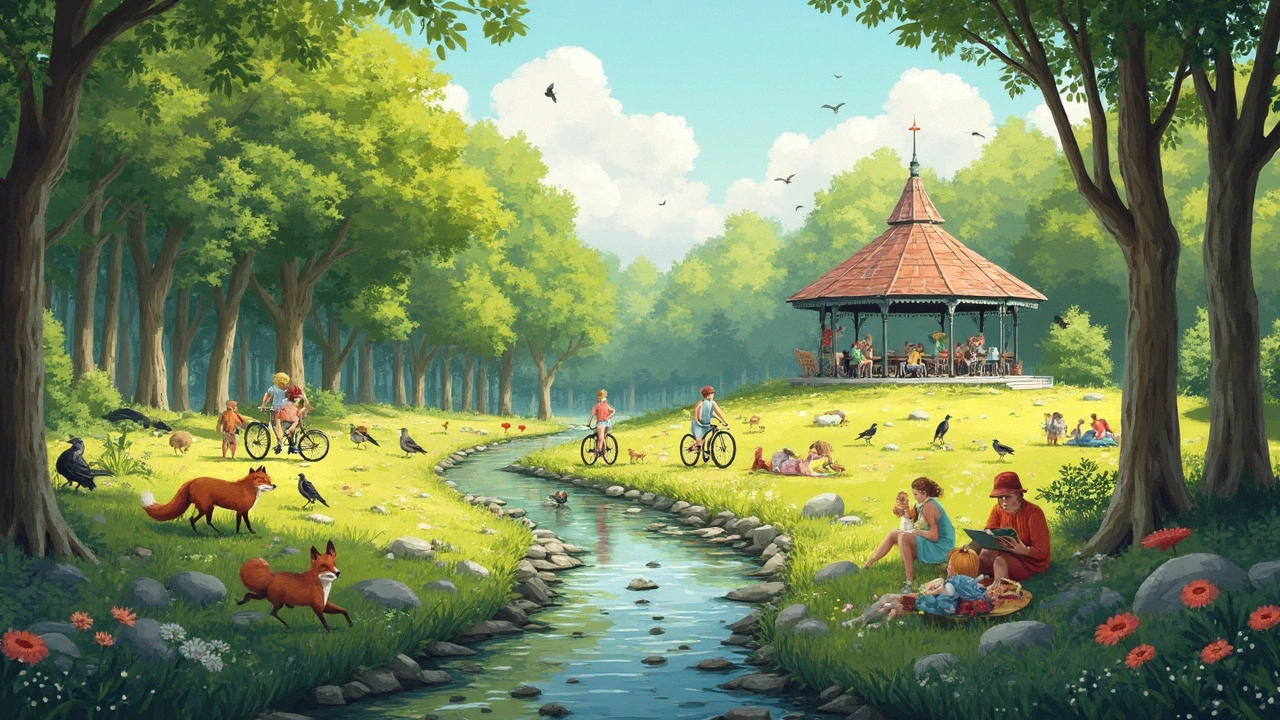Abiotic Factors: The Non‑Living Forces That Influence Everything
When you think about nature, the first thing that comes to mind is usually animals or plants. But there’s a whole crew of invisible, non‑living things that shape how life works. Those are the abiotic factors – things like light, temperature, water, soil, and wind. They don’t move or grow, but they set the stage for every living organism.
Understanding abiotic factors helps you make sense of why a certain plant only grows in specific spots or why a pond freezes in winter. It also shows how human actions can change the whole balance of an ecosystem. Let’s break down the basics and see some real‑world examples you can spot right now.
Key Abiotic Elements You Meet Every Day
Here are the most common abiotic factors and what they do:
- Sunlight (light intensity): Drives photosynthesis, which fuels plants and the animals that eat them.
- Temperature: Determines which species can survive in an area. Think of how desert cacti thrive in heat while moss loves cool, damp spots.
- Water availability: Affects everything from seed germination to animal migration patterns.
- Soil type and nutrients: Dictates which plants can root successfully. Sandy soil drains fast, while clay holds water longer.
- Wind: Moves seeds, pollens, and even shapes the size of trees over decades.
Each factor interacts with the others. For example, a sunny but dry area may limit water‑loving plants, while a windy, cold region might favor low‑lying shrubs that can bend without breaking.
Why Abiotic Factors Matter to You
Even if you’re not a scientist, abiotic factors affect your daily life. Your garden’s success depends on soil quality and watering schedules. Outdoor sports rely on temperature and wind conditions. Planning a hike? You’ll want to check the weather – that’s a quick look at climate, an abiotic factor on a larger scale.
On a bigger picture, climate change is basically a shift in several abiotic factors at once: higher temperatures, altered precipitation patterns, and more extreme wind events. Those changes ripple through ecosystems, causing some species to move, others to disappear, and sometimes even affecting food availability for humans.
Knowing the basics lets you make smarter choices. If you’re planting a backyard garden, pick plants suited to local soil and sunlight. If you’re involved in local planning, push for green spaces that buffer wind and manage stormwater – that’s tweaking abiotic conditions to benefit people and wildlife.
Bottom line: abiotic factors are the invisible rules of the natural game. They’re not boring background details; they’re the forces that decide who wins, who survives, and how environments evolve.
Next time you step outside, take a moment to notice the light, feel the temperature, listen to the wind, and think about the soil under your feet. You’ll start seeing the hidden framework that makes life possible, and you’ll have a better grip on how to protect and work with it.

Environment Categories: The Core Three Explained
Not every part of the environment fits neatly into one box, but experts usually split it into three main categories: biotic, abiotic, and cultural. This article lays out what each group is, why they matter, and how they shape real-world environmental decisions. You'll get specific examples and tips to understand and spot these groups in daily life. Plus, we'll dig into how knowing these categories can help you get more involved in local green projects and make smarter choices at home.